Iran is a vast country full of glorious historical attractions and breathtaking natural sights. Iran is the 9th country in the world with the most cultural heritage sites (UNESCO). Iran offers a diversity of attractions which makes it an amazing travel destination for a variety of travelers. Although a month of traveling through Iran may not be enough to see all Iran has to offer, it’s possible to plan a scheduled trip to cover the best of what Iran has to offer. Iran is also the 11th travel destination in the world based on countries with the most heritage sites (UNESCO).
Iran is known as the land of 4 seasons, history and culture, souvenirs, and authenticity. Some Iranian cities have summer weather during winter, and some have spring or autumn weather at the same time during summer, as well as cities covered in snow and rain during spring. To get to know Iranian cities and their attractions better we should get into them, so read on to know where are the best Iranian tourism attractions not to miss during your travels to Iran.
Shiraz
The capital city of Fars province and a treasure trove of Persian culture, Shiraz City has a population of 1.5 million. Some of the attractions of Shiraz not be missed are:
Persepolis
Persepolis embodies all the glory of the Persian Empire more than any other ancient site in Iran. It was here that the Achaemenid kings received their subjects, celebrated the new year, and ran their empire before Alexander the Great burnt the whole thing to the ground as he conquered the world. This beautiful monument should be visited early in the morning to explore when the light is much “whiter” and also 90 minutes before sunset, when the stone takes on a softer, golden color. Most of the stone now has a rough grey appearance, a result of wind-blown dust over the millennia.
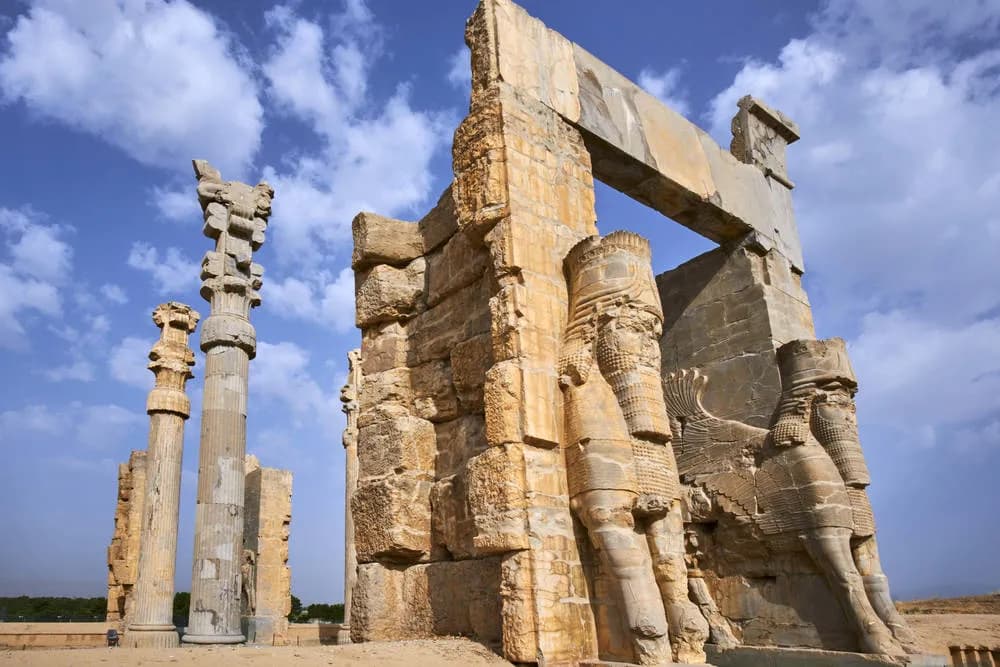
Pasargadae
The birthplace of the Achaemenids' splendid history and the initial capital of this mighty empire the location is also home to the world's most comprehensive Achaemenid site, which contains the period's most diversified and vast artifacts. Pasargadae Collection is also Iran's sixth work on the UNESCO World Heritage List. The mausoleum of Cyrus the Great is one of Pasargadae's most prominent and well-known masterpieces. Cyrus' mausoleum is located in the complex's southern section and is claimed to have been erected under Cyrus' direction.
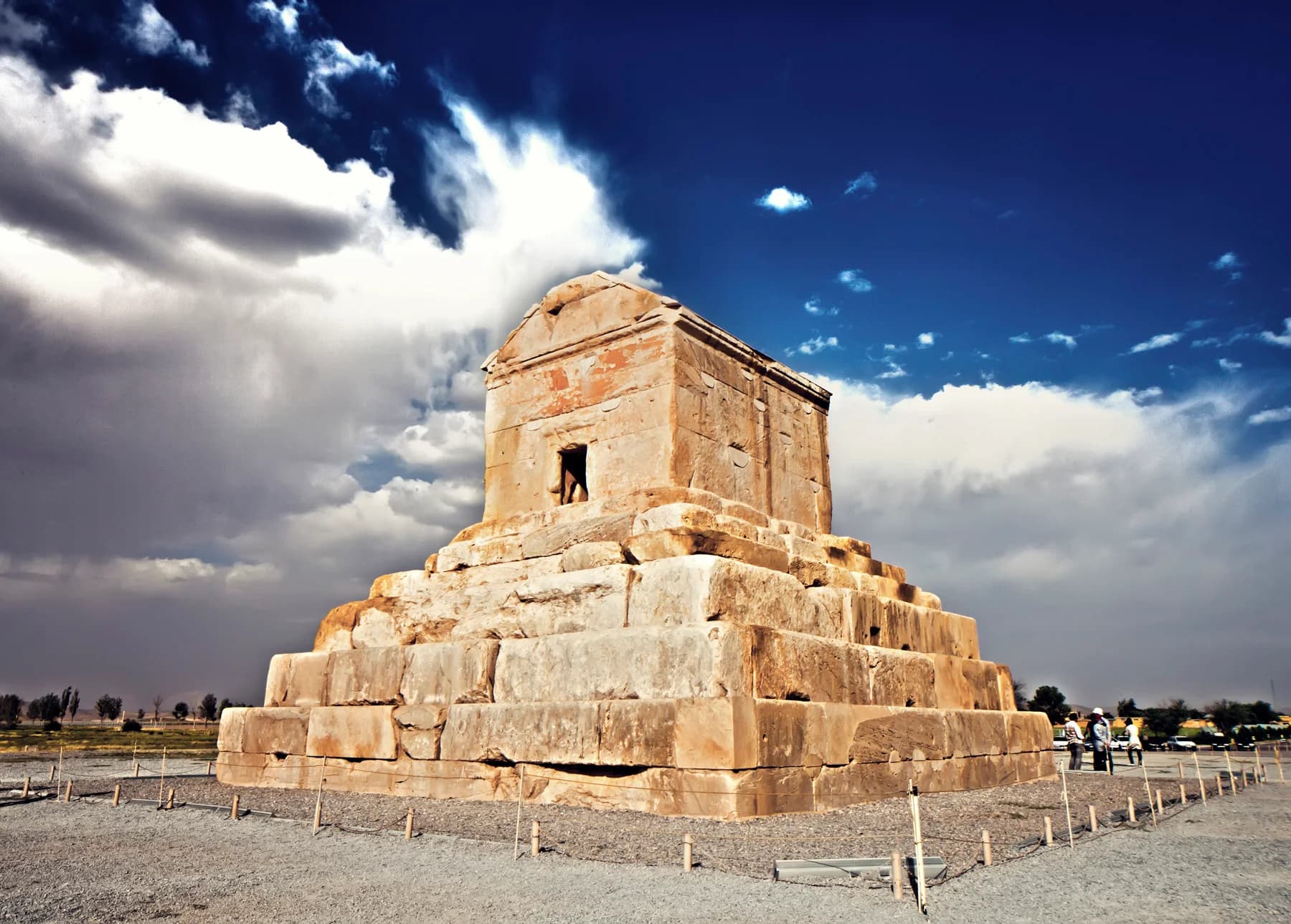
Tabriz
The capital of the province of Eastern Azerbaijan, Tabriz is located in northwestern Iran and is one of Iran’s oldest and most important cities. Some of the attractions of Tabriz not be missed are:
Blue Mosque
Built in 1465, the Blue Mosque was severely damaged in an earthquake in 1778, leaving only the entrance of Iwan. Reconstructed in early 1900 by the Iranian Ministry of Culture, the inside of the mosque is tiled with a superb blue ceramic, unfortunately, many pieces went missing during the quake and were simply replaced by painting instead of tiles while some of the original tiles can be found around the entrance.
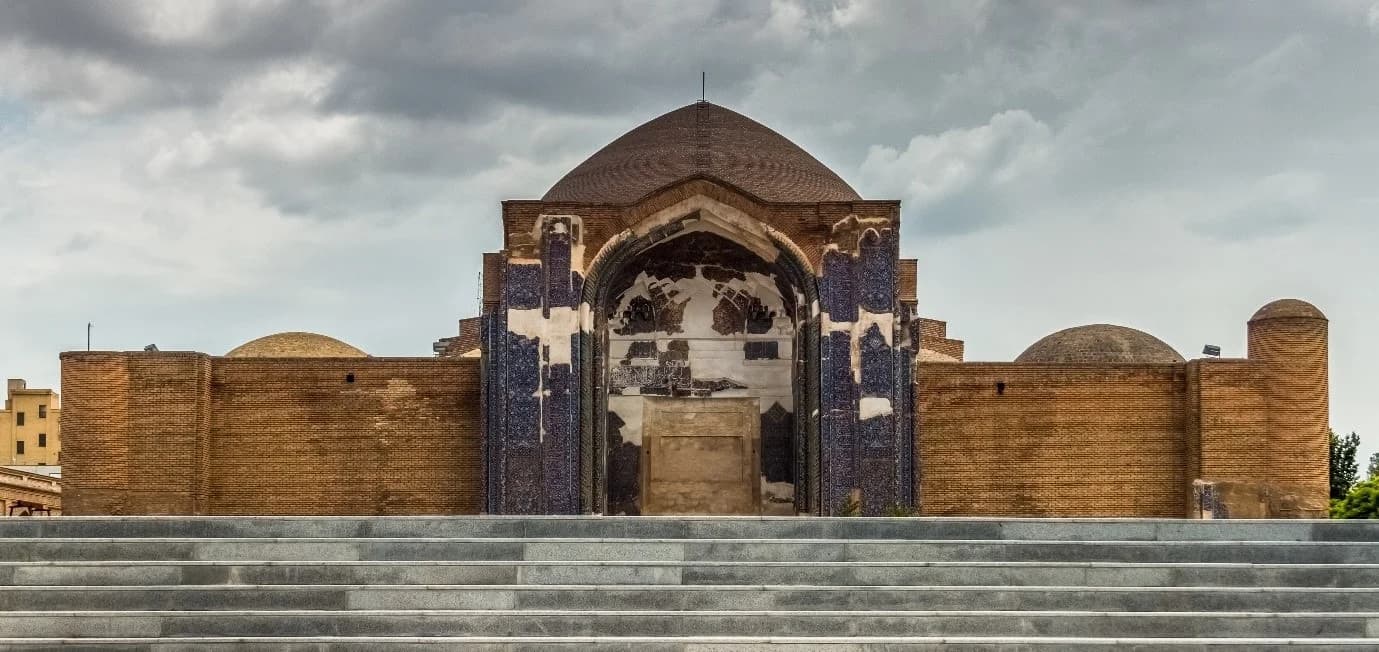
The Bazaar of Tabriz
As one of the oldest bazaars in the Middle East and the largest covered bazaar in the world, the Bazaar of Tabriz was inscribed as a World Heritage Site by UNESCO in 2010. Located on the Silk Road, the historic bazaar complex of Tabriz has been a place of cultural exchange since antiquity. In the 13th century when Tabriz became the capital city of the Safavid Kingdom, the city had its most prosperous time. The city lost its status as capital in the 16th century, but its bazaar has been an important commercial and economic center. Due to the bazaar’s political importance, it played an important role in the Iranian Constitutional Revolution in the last century and the Islamic Revolution in the contemporary time.
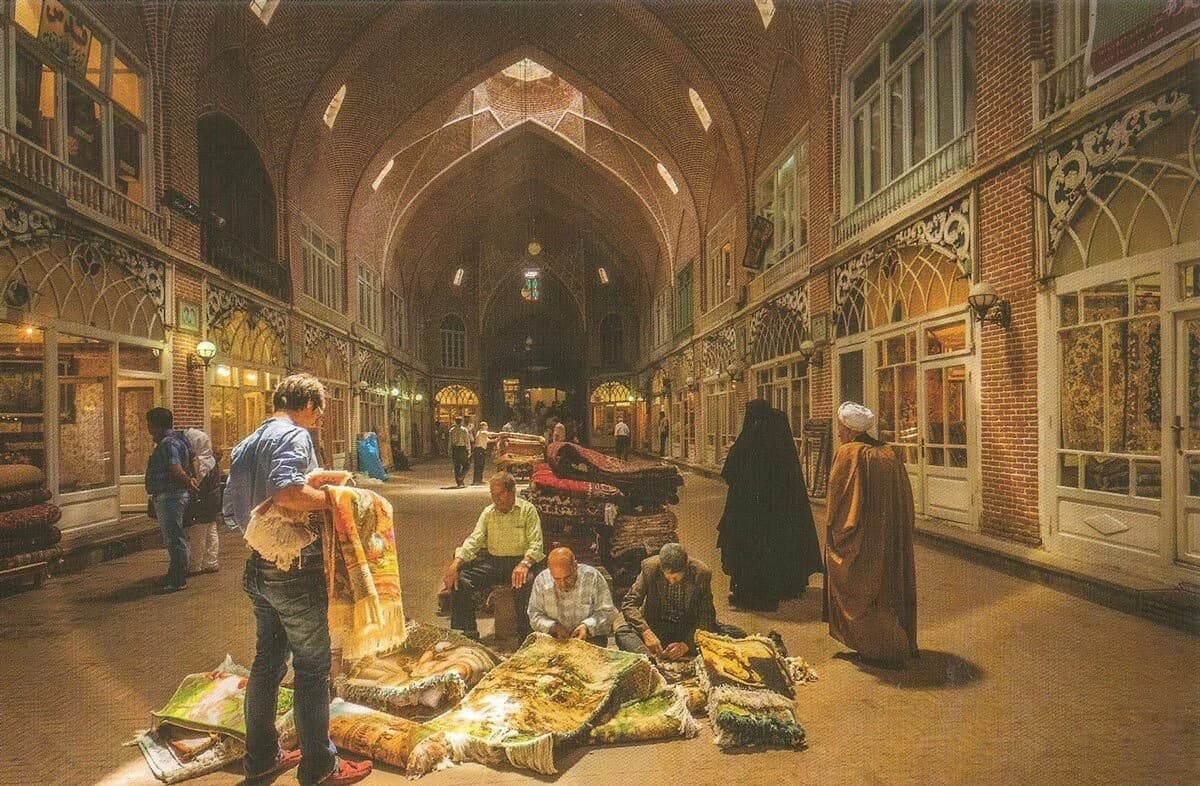
Yazd
To overcome the harsh nature of the desert, locals have resorted to ingenious innovations resulting in the introduction of magnificent architectural and urban planning masterpieces to the world in the historic city of Yazd. Some of the attractions of Yazd not to be missed are qanats, badgirs, goudal-baqchehs, sabats, gozars, Abanbars, and several other architectural phenomena.
Masjid-e Jameh Yazd
Dating back to the 14th century, the mosque's elegant patterns of brickwork and the priceless inscription of mosaic tiles bearing angular kufic all create a sense of beauty. The two towering minarets dating back to the Safavid era measure 52 meters in height and 6 meters in diameter.
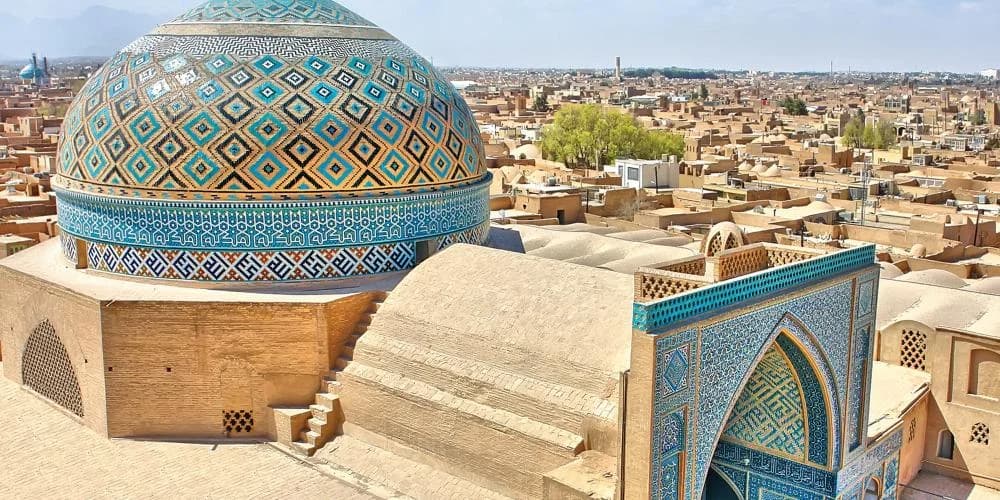
Atashkadeh
The Zoroastrian fire temple has a fire on the inside which has supposedly been burning since 470 AD. As one of the most important centers of Zoroastrians, this temple is still an important pilgrimage destination for Zoroastrians.
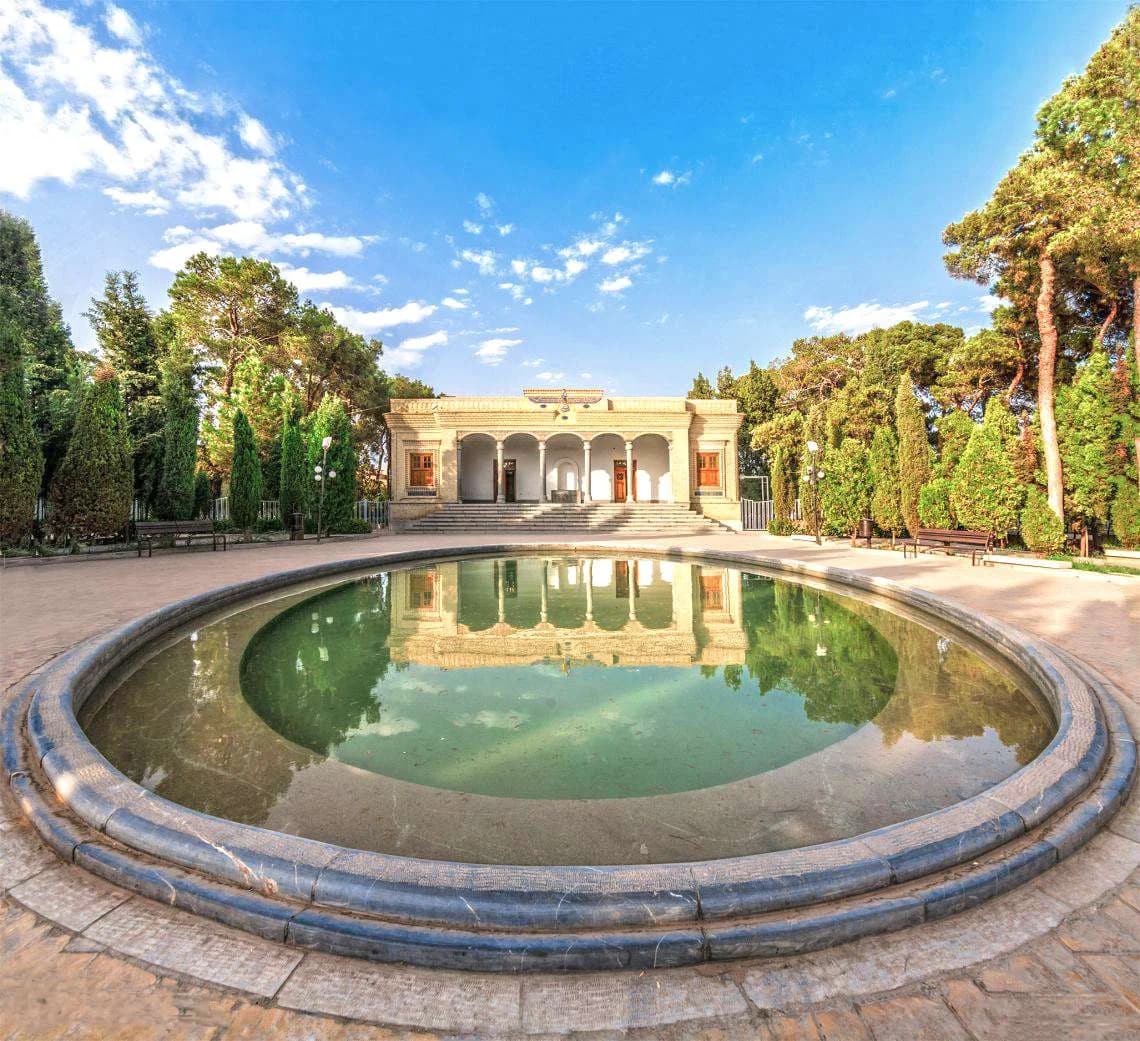
Yazd Tower of Silence (Zoroastrian’s Dakhmeh)
Consisting of huge circular walls on top of two hills, the name tower may be misleading. In this spot, the dead were left to be picked clean by the vultures, which is done by Zoroastrian belief. As the Yazd Towers of Silence are no longer in use, they are open to the public, as a quiet, serene place.
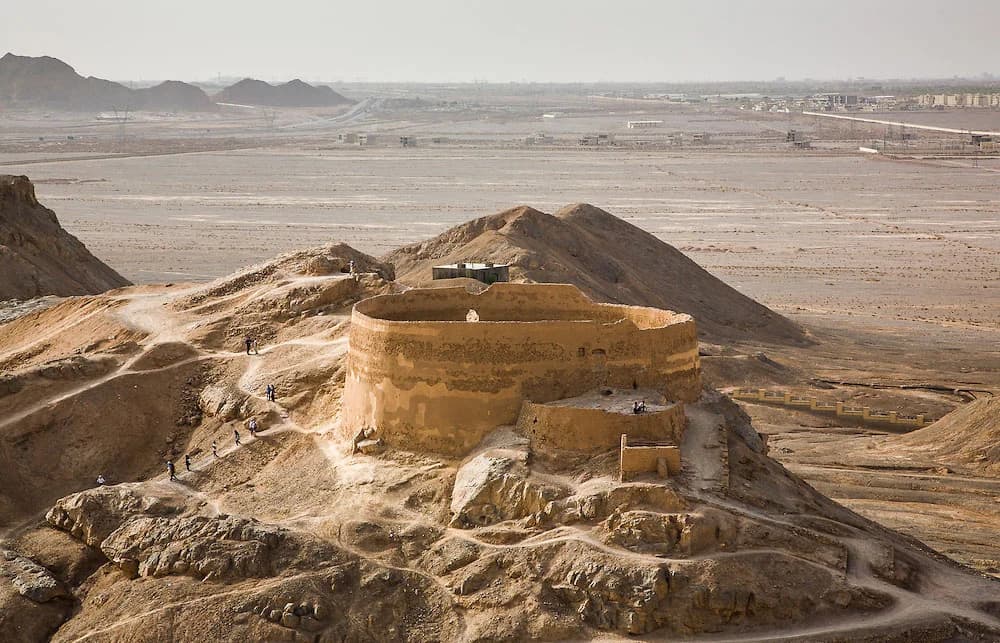
Isfahan
Known as “Half of the World”, Isfahan is a city in central Iran and the capital of Esfahan province. Some of the attractions of Isfahan not be missed are:
Naqsh-e Jahan Square
Naqsh-e Jahan Square is also known as Shah Square or Imam Square, which consists of two mosques, a palace, and a bazaar. The square is the largest historic public square in the world after Tiananmen Square in Beijing and it is one of UNESCO’s World Heritage Sites. Surrounded by buildings from the Safavid era, it’s a popular place for locals on Friday and holiday evenings.
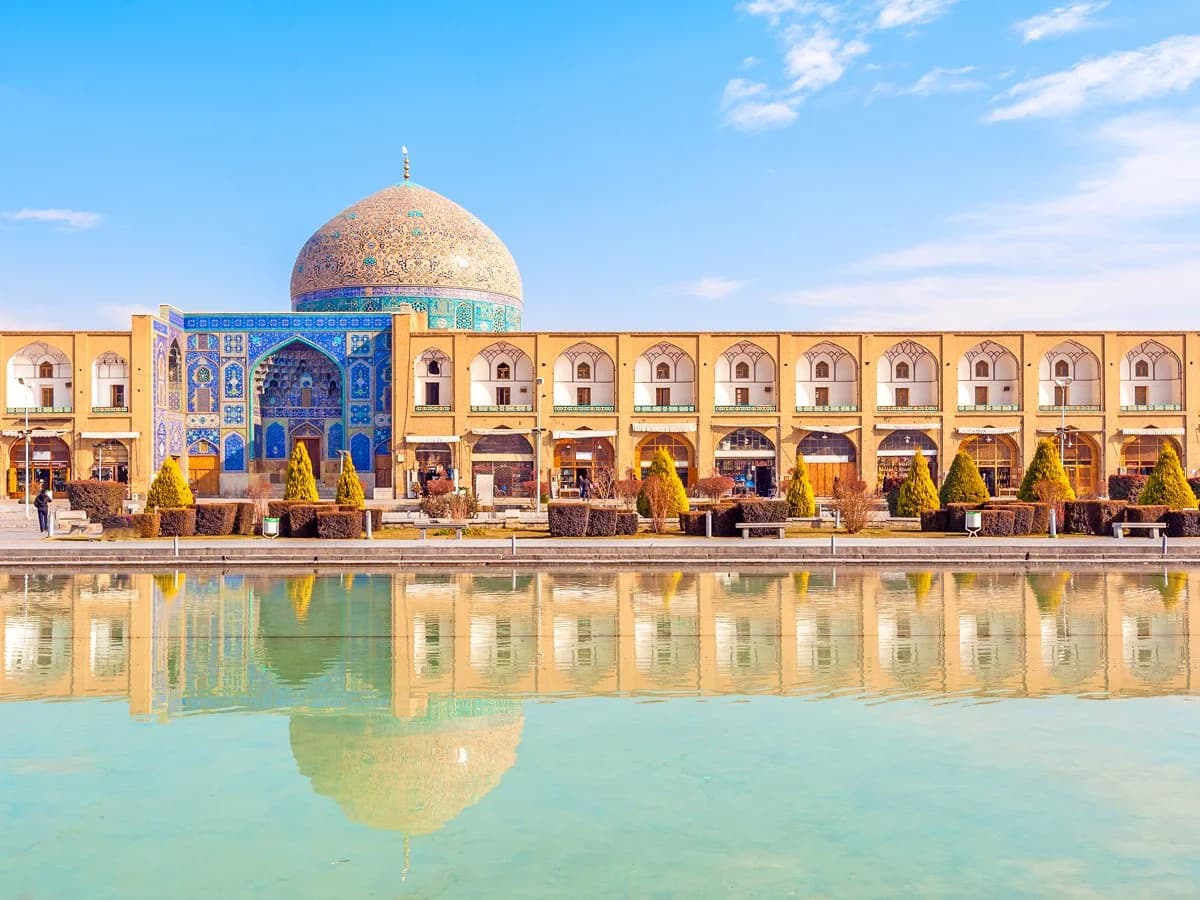
Sheikh Lotf Allah Mosque
This mosque is one of the architectural masterpieces of Safavid Iranian architecture, built in 1602 by Shah Abbas I. Sheikh Loft Allah mosque was designed to be a private mosque for the royal family, therefore it does not have any minarets. There is a tunnel from the mosque to the Royal Palace, across the square.
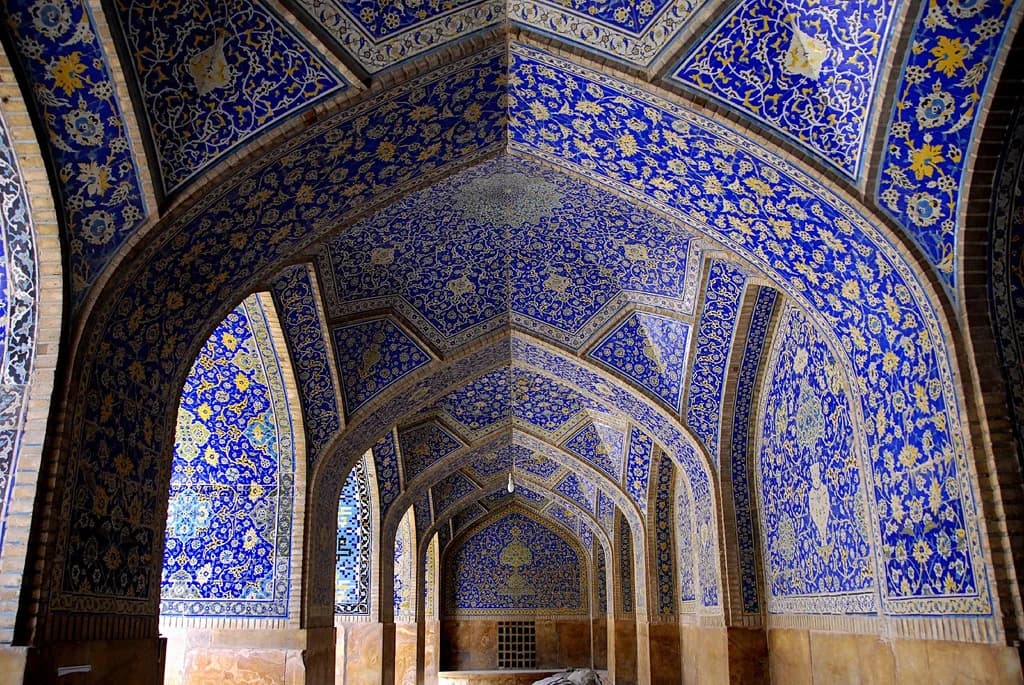
Ālī Qāpū (The Royal Palace)
The 48-meter high, 7-story palace was built in the early 17th century. In the sixth-floor music room, deep circular niches are found on the walls, having not only aesthetic value but also acoustic.

Gilan
Located along the coast of the Caspian Sea, the beautiful region is also called Guilan. Rasht is a city in the north of Iran around 40 kilometers from the shore of the Caspian Sea. Some of the attractions of Rasht not be missed are:
Municipality Building
Rasht city’s most identifiable landmark, the Shahrdari Building, has a colonial style tempered by a token mini-dome topping a distinctive whitewashed tower. It looks great when floodlit at night.
Rudkhan Castle
Located in the deep green and temperate rainforests of Gilan, over 50 kilometers southwest of Rasht, the well-preserved Rudkhan Castle or Qal’e Rudkhan overlooks the lush woods with the streams cascading down the mountain. Some historians say the construction of the castle dates back to the Sasanian era, over 14 centuries ago. But it has been renovated around the 10th century during the Seljuq dynasty. The castle, built from stone, has 1000 stairs that get you to the top of it. Climb up to have a great view of the fortress and its surroundings. You can also enjoy plenty of traditional food and drinks along the way.
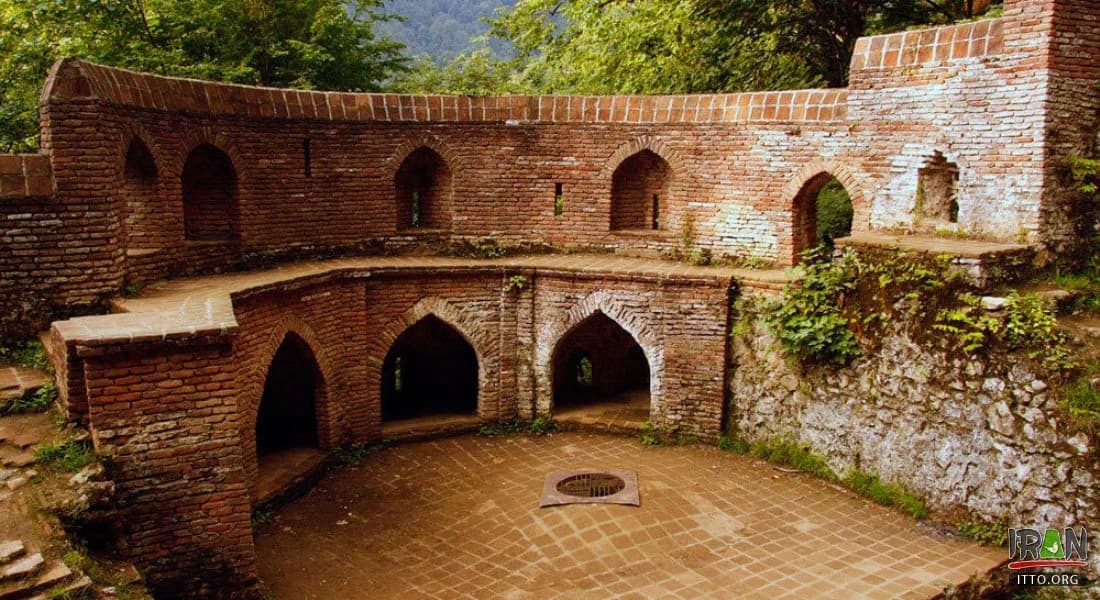
Hamedan
Hamadān, among the oldest Iranian cities and one of the oldest in the world, is the capital city of the Hamedan Province of Iran. Some of the attractions of Hamedan not be missed are:
Ali Sadr Cave
As the world’s largest water cave, Ali Sadr Cave attracts thousands of visitors every year. It is located in Ali Sadr Kabudarahang County about 100 kilometers north of Hamadan, western Iran.
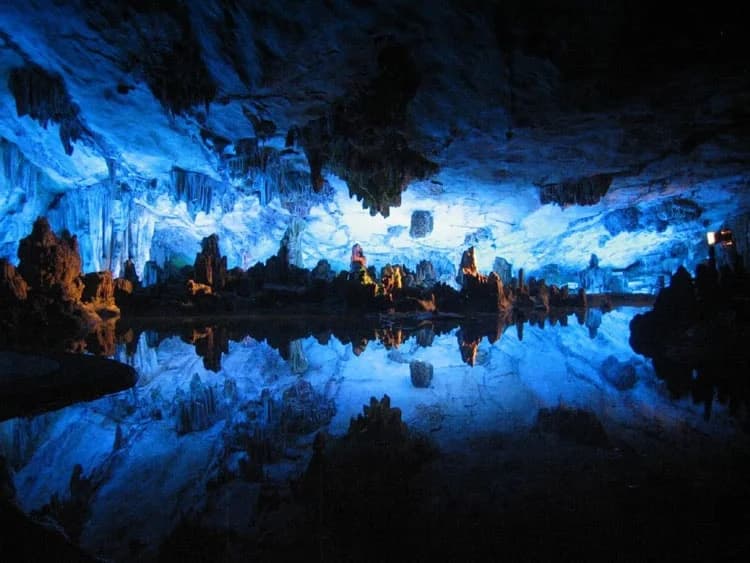
Ibn-e Sina (Avicenna) Tomb
Avicenna was a Persian polymath who is regarded as one of the most significant thinkers and writers of the Islamic Golden Age. Of the 450 works he is known to have written, around 240 have survived, including 150 on philosophy and 40 on medicine.
Gonbad-e Alavian
Ganjnameh is an ancient inscription that has been carved in granite and is composed of two sections. One on the left was ordered by Darius I and the other on the right was ordered by Xerxes I.
Tehran
Tehran is the capital of Iran and Tehran Province. Tehran is Iran’s largest city and urban area, and the largest city in Western Asia. The city is home to many historic mosques, churches, synagogues, and Zoroastrian fire temples. The modern structures Azadi (Freedom) Tower and the Milad Tower, have come to symbolize the city.
Golestan Palace
As Tehran’s only UNESCO World Heritage Site, the Golestan Palace is located in the capital of Tehran's ancient arts and culture. Surrounded by numerous historical collections, including the Mashq Square, the National Museum of Iran, the Museum of Glassware, and the famous and old buildings of the Ministry of Foreign Affairs, the Ministry of Justice, and the Ministry of Economy. The walled Palace, one of the oldest groups of buildings in Tehran, became the seat of government of the Qajar family, which came into power in 1779 and made Teheran the capital of the country.
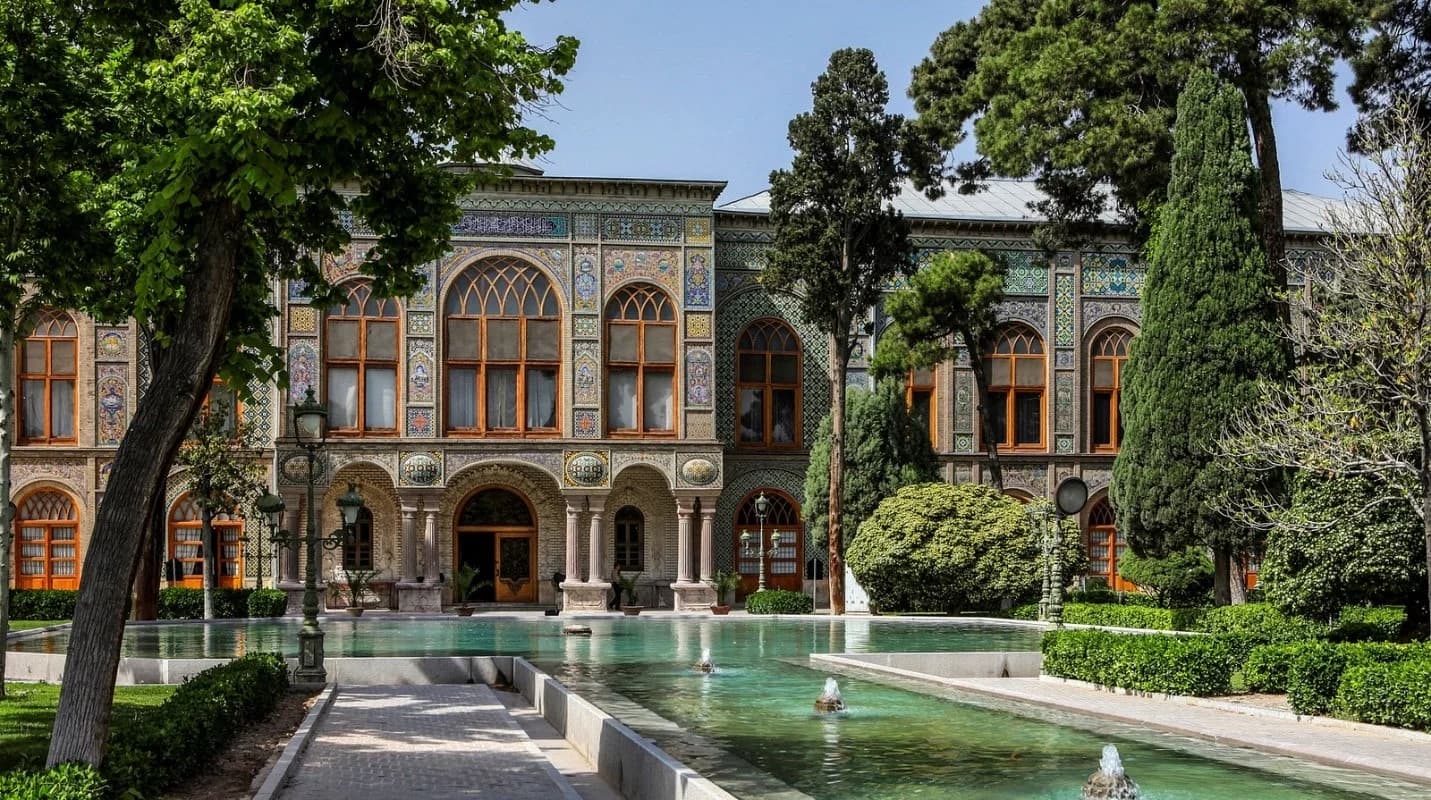
Saadabad complex
The cultural and historical complex of Saadabad is a collection of palaces of the Pahlavi family, built in Darband, one of the most opulent areas in Tehran. Consisting of 180 hectares of natural forest, sight shade, qanat, garden plants, and a greenhouse, the complex has seen four historical periods of Qajar, Pahlavi I, Pahlavi II, and after the Islamic Revolution. The complex is now a museum.
Azadi Tower
Built in 1949, Azadi Tower, or Azadi Square is one of the most famous buildings in Tehran, which is the first thing passengers entering the city from the western roads will see. This masterpiece of architecture is a combination of Achaemenid architecture, Sassanid architecture, and Islamic architecture, and in its design and construction, Iranian architecture elements such as winding, vault, Venetian, and tilework have been used.
Conclusion
Iran, a country steeped in history and culture, offers an array of tourism attractions that are as diverse as they are captivating. From the ancient ruins of Persepolis to the bustling bazaars of Tehran, from the serene beauty of the Persian Gulf to the rugged landscapes of the Alborz Mountains, Iran's tourism landscape is a rich tapestry that weaves together the past and present. Visitors can immerse themselves in the architectural splendor of Isfahan, the poetic elegance of Shiraz, and the spiritual serenity of Mashhad. With each visit, travellers unravel layers of history, discover hidden gems, and experience the warm hospitality that is a hallmark of Iranian culture. As Iran continues to open its doors wider to the world, its tourism attractions stand as proud emblems of a nation's heritage and an invitation to explore the depths of its enduring legacy.